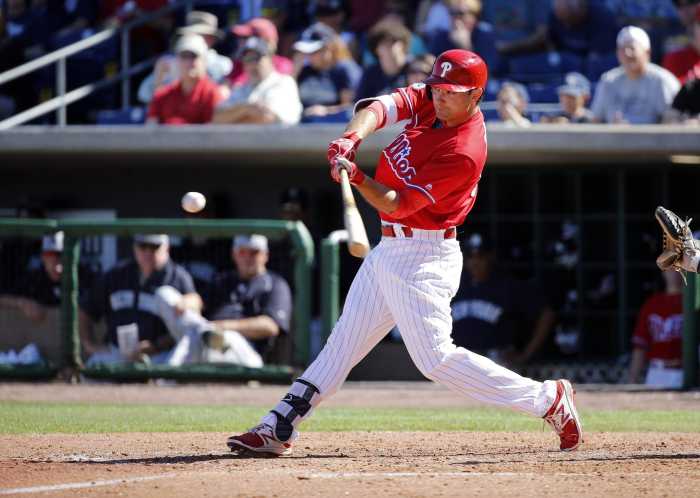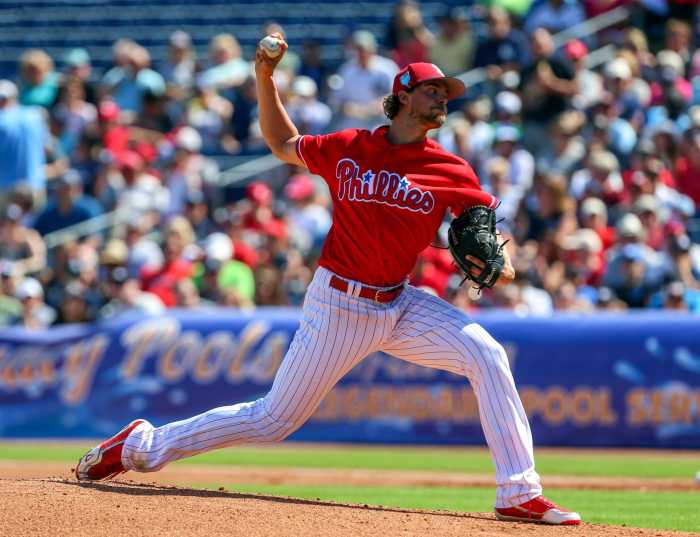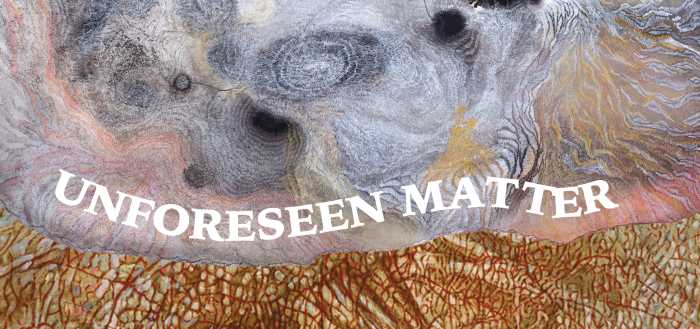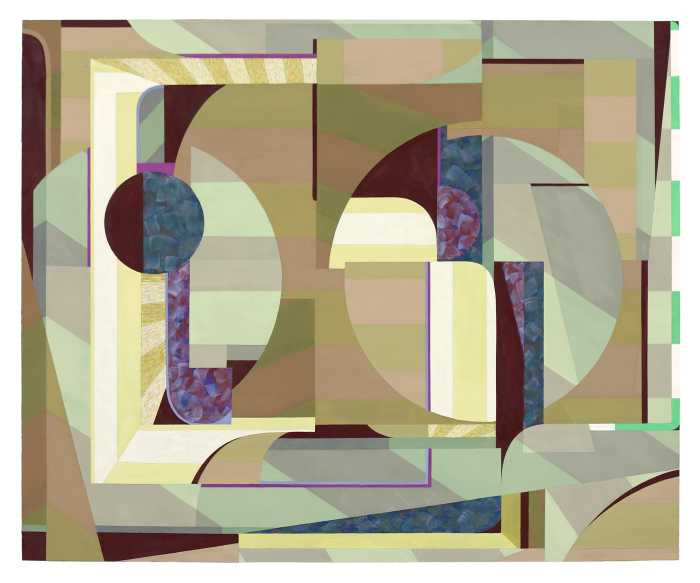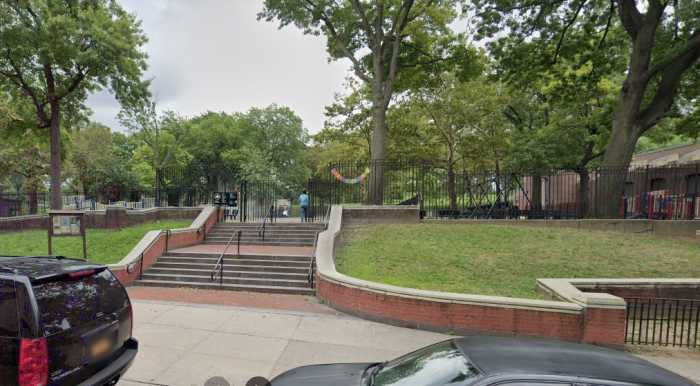The first half of the season has unofficially, and quite swiftly, ended, and the Phillies find themselves in a spot that few expected them to be in: first place in the National League East. The Phillies hold a half game lead over the equally-surprising Atlanta Braves. With a 53-42 record, the team entered the All Star break with more wins than the 2008 World Series champions did. Now that the first half has concluded, it’s time to take a look back at how the team got to this point, position by position.
In this piece, we’ll break down and give game grades to each infielder who has made significant enough contribution to the team. With that being said, player such as Mitch Walding will not appear on this list.
Catchers
Jorge Alfaro: B
If there’s one thing we’ve learned this season, it’s that you simply don’t run on Jorge Alfaro. The young catcher has a sub-2.00 second pop time, which ranks among the league’s elite. He also is averaging nearly 90 miles per hour on his throws down to second base. The man quite possibly has a rocket attached to his shoulder where a normal human arm should be. I still have not quite come to terms with how Alfaro calls a game behind the plate yet. And maybe I’m spoiled after watching Carlos Ruiz masterfully dictate games for so many years. But there seem to be spot where Alfaro is not coming up with the right pitch call. Don’t be overly concerned with this, though, as that is a relatively easy fix in the offseason.
Statistically speaking, Alfaro has been almost exactly what we expected he’d be this year. In 70 games, the young backstop is hitting .254 with six homeruns and 21 RBI’s. His on base percentage hasn’t been special, as he’s reached base just 30 percent of his at bats. The low on base percentage is due, in part, to his ten walks this season. He’s averaging just one walk every seven games. He is also currently tied for the team lead in strikeouts with 93.
The defensive upside is there, along with limited pop at the plate, and Alfaro will likely remain the starting catcher for the Phillies down the stretch barring any unforeseen changes.
Andrew Knapp: C
Andrew Knapp has been a tale of two halves within the first half of the season. Call it a tale of two quarters, if you’d like. Knapp couldn’t hit a beach ball on a tee in the early going this season, but has found his groove in recent weeks. He’s played in 49 games in total, and has risen his average to a much more respectable .234 this season. Despite playing in 21 less games than Alfaro, Knapp has driven in just seven less runs. He’s hit four homeruns this season, three of which have come in his last 15 games. Knapp has walked eight more times than Alfaro despite receiving 100 less at bats. His on base percentage reflects that, as Knapp currently holds an OBP of .331.
Knapp is not the same defensive catcher that Alfaro is, and as such, he is still the number two for the Phillies at this point. He’s not a liability, however, as the backup catcher, and is a player that Gabe Kapler can confidently put in the lineup two or three times a week.
Infielders
Carlos Santana: D+
As someone who loves on base percentage, I cringe when I wrote that “D+” as Santana’s first half grade. Santana is a walk generator, finding his way on base at a .351 clip. He’s walked 74 times in 95 games, as he clearly has some of the best plate discipline in the league. I also struggled to give him that particular grade because of the string of bad luck he suffered early in the season. Santana had several hard hit ball finds gloves for relatively routine outs despite there velocity. His batting average could be nearly ten points higher if he gets some of those unlucky at bats to find holes.
But the reason I gave Santana the grade I did is his contract and inability to live up to that deal so far. So his grade may be skewed by monetary value, but in Santana’s case, it’s necessary. The Phillies signed the former Indian to a three year, $60 million deal this offseason. While Santana is a career .246 hitter, the Phillies brought him in on the huge deal to be a veteran staple in the lineup who would get on base. And while his walks are a testament to that, he simply hasn’t produced at the plate. Santana is hitting .209 this year through 95 games, and appears to have plateaued. He has hit 14 homeruns and driven in 52 runs, but this seems to be what Santana is going to give the team through the remainder of the season. It’s a discussion that many Phillies’ fans are not happy having, especially now that Rhys Hoskins appears to be a permanent outfielder.
Cesar Hernandez: B+
Cesar Hernandez is one of those players who is far more valuable to a real baseball team than he is to any fantasy sports league. Hernandez doesn’t do anything special, but he does everything well. The second baseman has given the Phillies a true leadoff hitter this season, batting .270 with a team leading .378 on base percentage. In 95 games, he’s hit eight homeruns, one shy of his career high. He leads the team in stolen bases, having swiped 14 bags thus far and only being caught twice.
The one knock on Hernandez still is his relatively high strikeout rate. Through 95 games this season, Hernandez has been set down on strikes 87 times, the third most on the team.
I thought Hernandez could have been a fringe All-Star this season, not statistically speaking, but on the merit of what he means to the ball club he plays for. He provides legitimate, professional at bats nearly every time he’s at the plate. He also sets the table as the leadoff hitters each game. Hernandez gives the Phillies above average defensive work as well at second base. He isn’t a gold glove caliber defender, and I’m not sure he ever will be, but he’s certainly more than capable of handling the glove.
Scott Kingery: C
The legend of Scott Kingery grew even before he stepped foot on a Major League field. He was given an extension prior to playing a big league game, becoming just the second player to receive such a contract. With that lore came high expectations, and Kingery has done a serviceable job, to this point, at managing those expectations.
The young infielder struggled early in the season, perhaps due to his constant shuffling in the lineup as Gabe Kapler’s super-utility player, but has settled in as the team’s starting shortstop since the injury to J.P. Crawford. Through 91 games, Kingery is hittng .237 with a .282 on base percentage. In a game against the Pirates two weeks ago, Kingery recorded four hits and upped his average into the .230’s, where it’s remained since. He’s hit four homeruns this season, driving in 27 runs in the process. He’s struckout more than 80 times already, though, and is on pace for nearly 150 in his rookie campaign.
Kingery isn’t a Major League caliber shortstop at this point, but he has proven he belongs at this level. He’ll likely find his way over to second base as Hernandez’s time as a Phillie comes to an inevitable end. To make you feel better about those lofty goals you likely set for Kingery, at 24-years-old, Chase Utley hit just .239. He upped that number to .266 the following year. There’s still plenty of time for Kingery.
J.P. Crawford: F
Crawford has fallen on some hard times, and now finds himself on the disabled list. He’s only appeared in 34 games this season, garnering 93 at bats. But I’m ready to move on from the Crawford experiment.
Through those 93 at bats, Crawford generated just 18 hits, as he’s currently sitting below the Mendoza line a .194. His on base percentage is significantly higher, though, as he’s walked 12 times times this season, raising his OBP into the .300s.
My issue has become his inability to change his approach at this plate. Crawford has struckout 33 times this season, nearly a strikeout per game played. In his Major League career, Crawford has struckout 55 times in 57 games played. With no power to speak off, Crawford can ill-afford to strikeout that often. If he were hitting 40 homeruns a season, a strikeout a game is far more excusable; just ask Adam Dunn.
Crawford will likely get playing time when he returns from the disabled list, but if the Phillies continue their push toward the playoffs, and Crawford continues to struggle, don’t be shocked if he’s removed from the fold.
Maikel Franco: B-
Franco is an interesting specimen. Often times, I find myself cursing at his play for one reason or another. The emotions range from, “I never want to see him again” to “My goodness, what a play. Why can’t he do this every game”. I’ve settled nearly directly in the middle for Franco’s grade. Franco is currently hitting a tick below .270 with a .317 on base percentage. He’s hit 13 homeruns this season and driven in 47 runs.He’s lowered his strikeout rate this season to a career low 13.5 percent. If he holds that pace, Franco is set to strikeout less than 80 times this season, which would be his lowest total in any full season.
Defensively, Franco is often times a wizard. He makes plays that I find are impossible, and he makes them look routine. His value to the team, as of yesterday, was very high due to his connection with a potential Manny Machado trade. Now that the trade ship has seemingly sailed, he still holds value for the Phillies down the stretch. He’s remains a power bat and legitimate third base options for the team moving into the second half.
Pedro Florimon: C
In years past, the Phillies have routinely had a utility guy on their bench that could handle the bat. During the stretch run, that was Greg Dobbs. After that, Andres Blanco took up the reigns. Now, that position belongs to Pedro Florimon, who has been serviceable this season. In 33 games played, Florimon is hitting .263. He doesn’t walk a ton, having been given a free pass just five times this year. For Florimon, however, the season is likely over, as he was placed on the 60-day disabled list on July 10 with a right foot fracture. The Phillies were able to call the stint retroactive to the end of May, so there is a chance he returns at the end of the season, but it may not be likely.
Jesmuel Valentine: D
Each year, there seems to be a player that you have a hunch could break Spring Training with the big league club. For me, this year, that was Jesmuel Valentin. After being traded for Roberto Hernandez in 2014, Valentin seemed ready to finally make his Major League debut this season. And while he eventually began the year in Triple-A, Lehigh Valley, Valentin found his way onto the Major League roster in late April.
But thus far, Valentin simply hasn’t produced like I had hoped. In 63 at bats, Valentine has just 11 hits, good for a .175 average. He’s only walked six times over that span while striking out 19 times. Valentin has provided little off the bench in place of the injured Florimon. The reason I didn’t give Valentine an “F” like I did Crawford was because of the expectation level. Crawford was being counted on to be an integral part of the lineup this season. If Valentin made his debut by September, I’d have considered that a win in April. Therefore, he gets a very modest “D” grade.
That wraps up a look into the Phillies’ infield through the first half of the season. Stay tuned for part two, where we’ll take a look at the Phillies outfield depth.
Mandatory Credit: Jasen Vinlove-USA TODAY Sports



